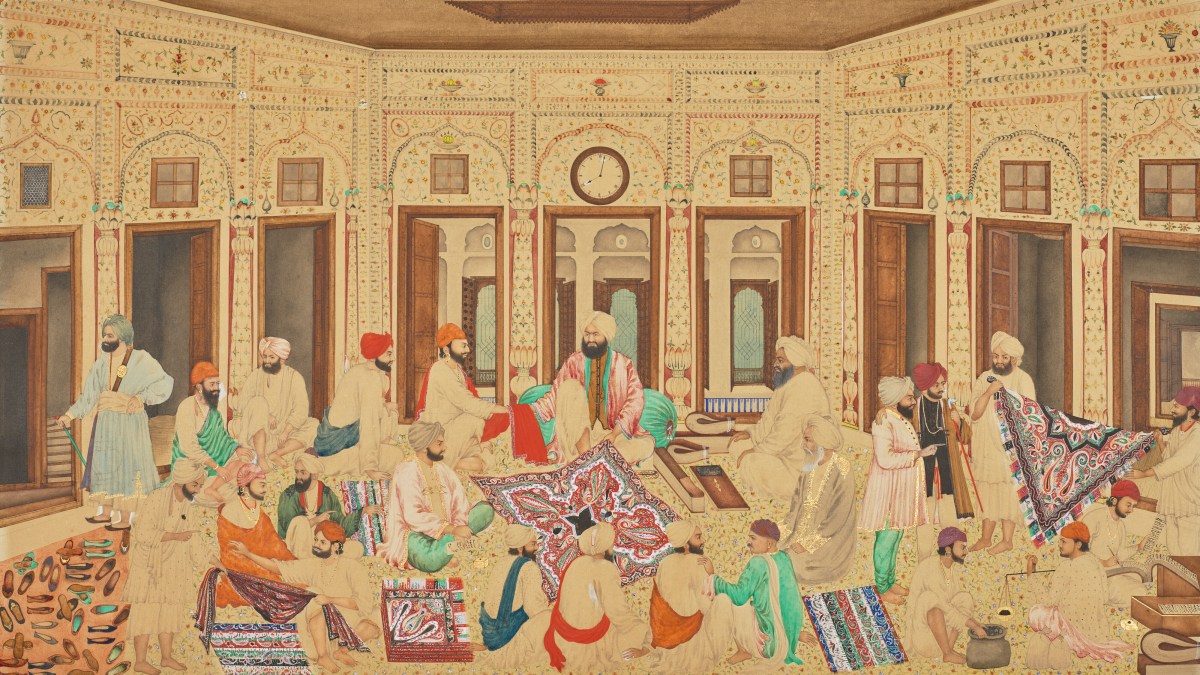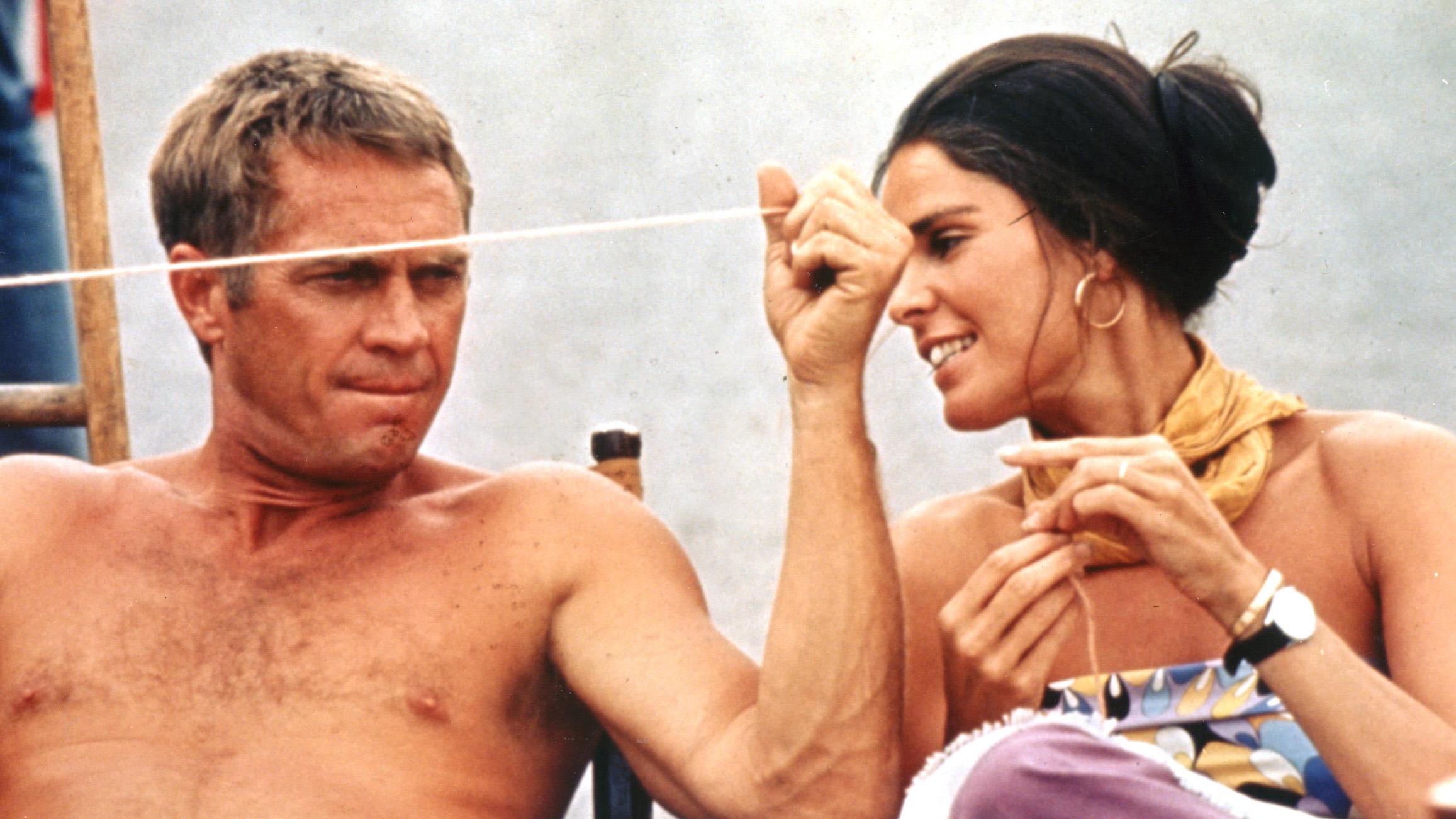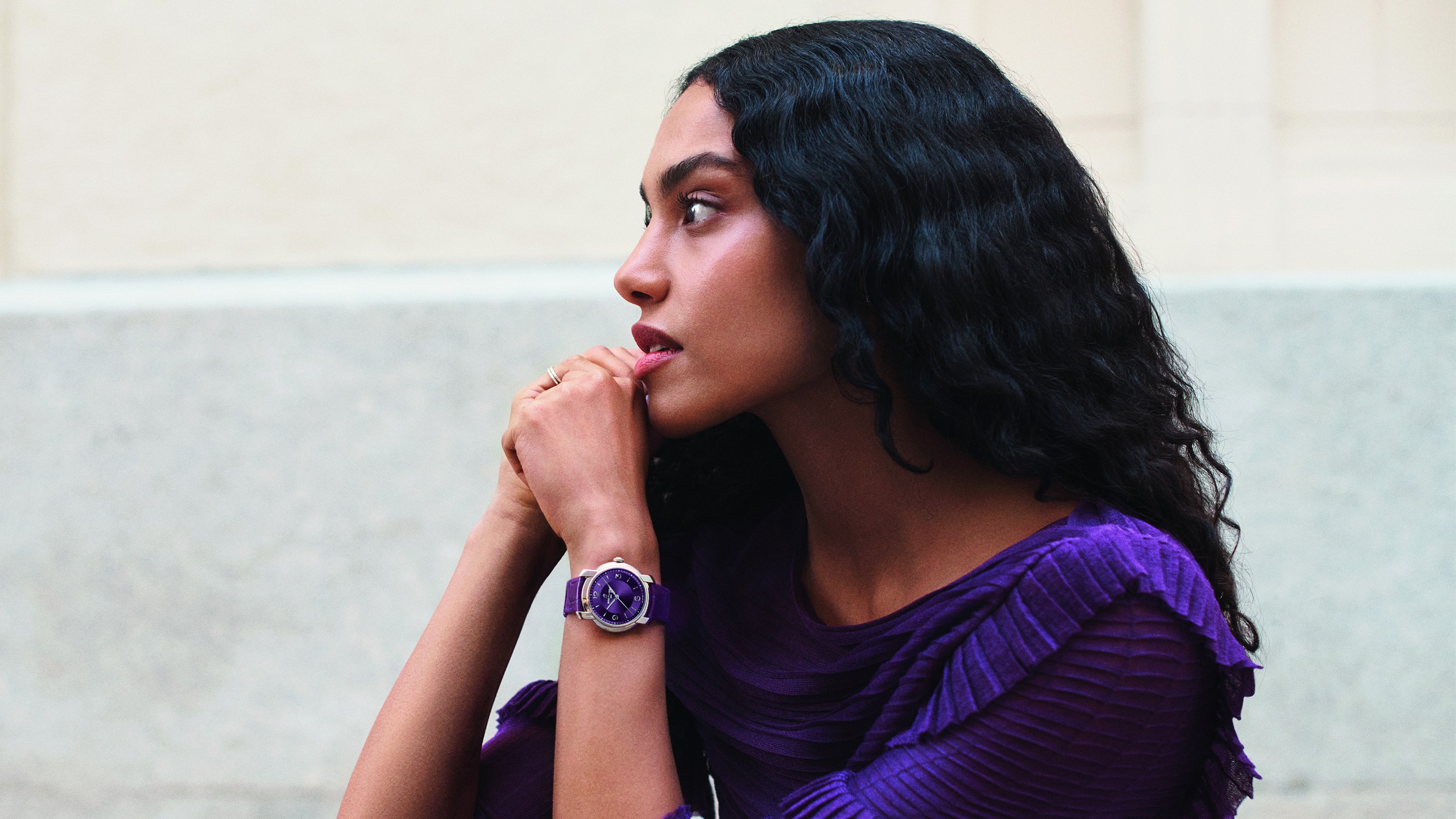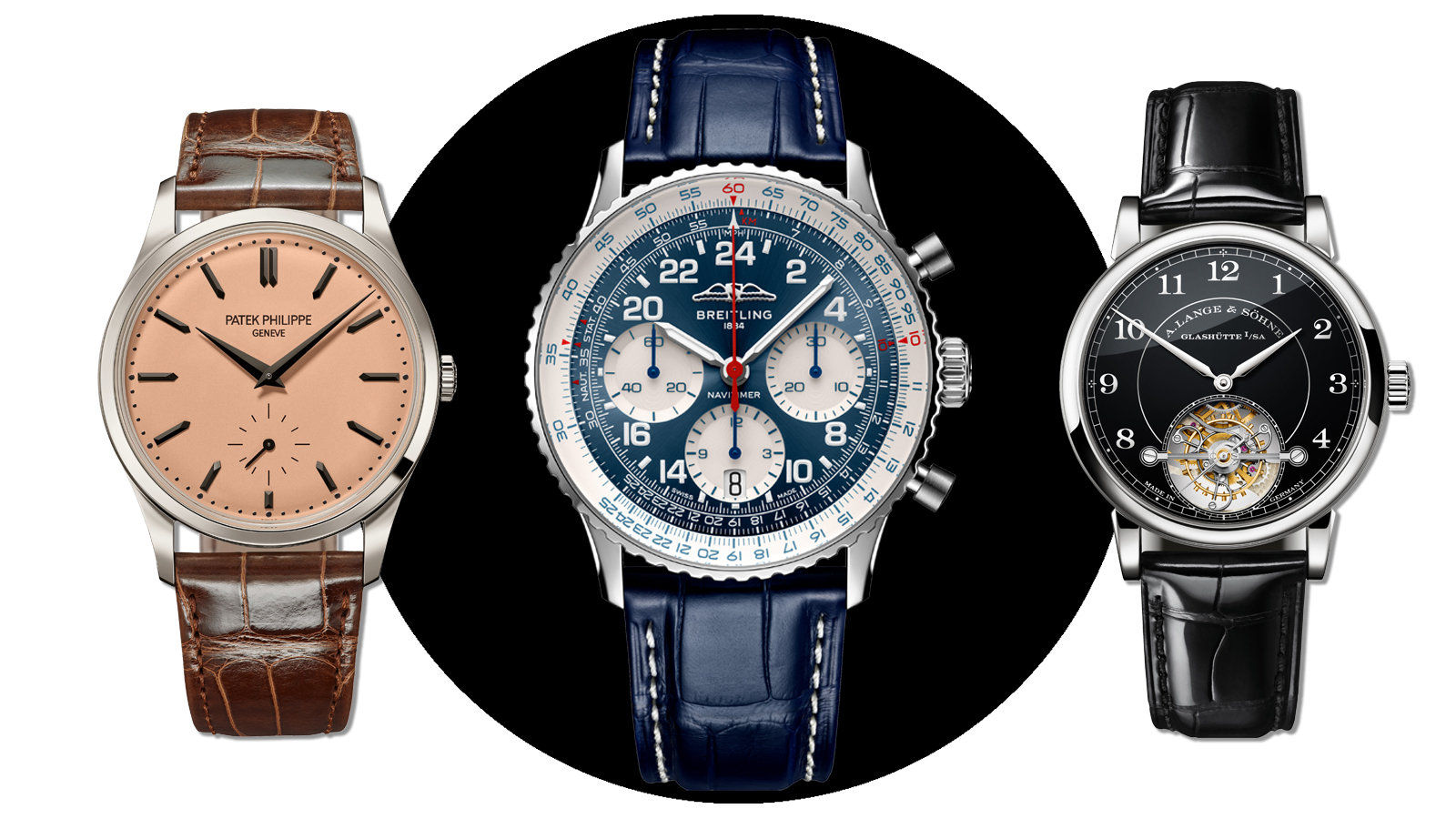The late Aga Khan’s last personal treasures go on sale
, The Times
Towards the end of October a spray of painterly fireworks will appear in a rare display as Christie’s London prepares to auction a private collection of Indian, Iranian and Ottoman art. More than 90 paintings acquired since the 1960s by Prince Sadruddin and Princess Catherine Aga Khan (neé Beriketti) will be offered at auction, with estimates ranging from the tens of thousands of pounds to the upper six figures.
Prince Sadruddin Aga Khan (1933-2003) was the younger son of Sultan Sir Mohammad Shah (1877-1957), the 48th hereditary imam of the Nizari Isma’ili branch of Shi’a Islam. This is a faith community whose survival and influence encompassed world capitals and remote refuges from Sijilmasa to Alamut. In the 19th century the first Aga Khan and 46th imam, Hasan Ali Shah, left his courtly role in Iran as a provincial governor married to a Persian princess, and started a life in political exile in British Bombay, from where he supported the British in the Anglo-Afghan Wars. He prospered on a British pension and, as a later colonial court judgment put it, a substantial “yearly income, derived from his votaries in many various, and some very remote parts, of Asia”.
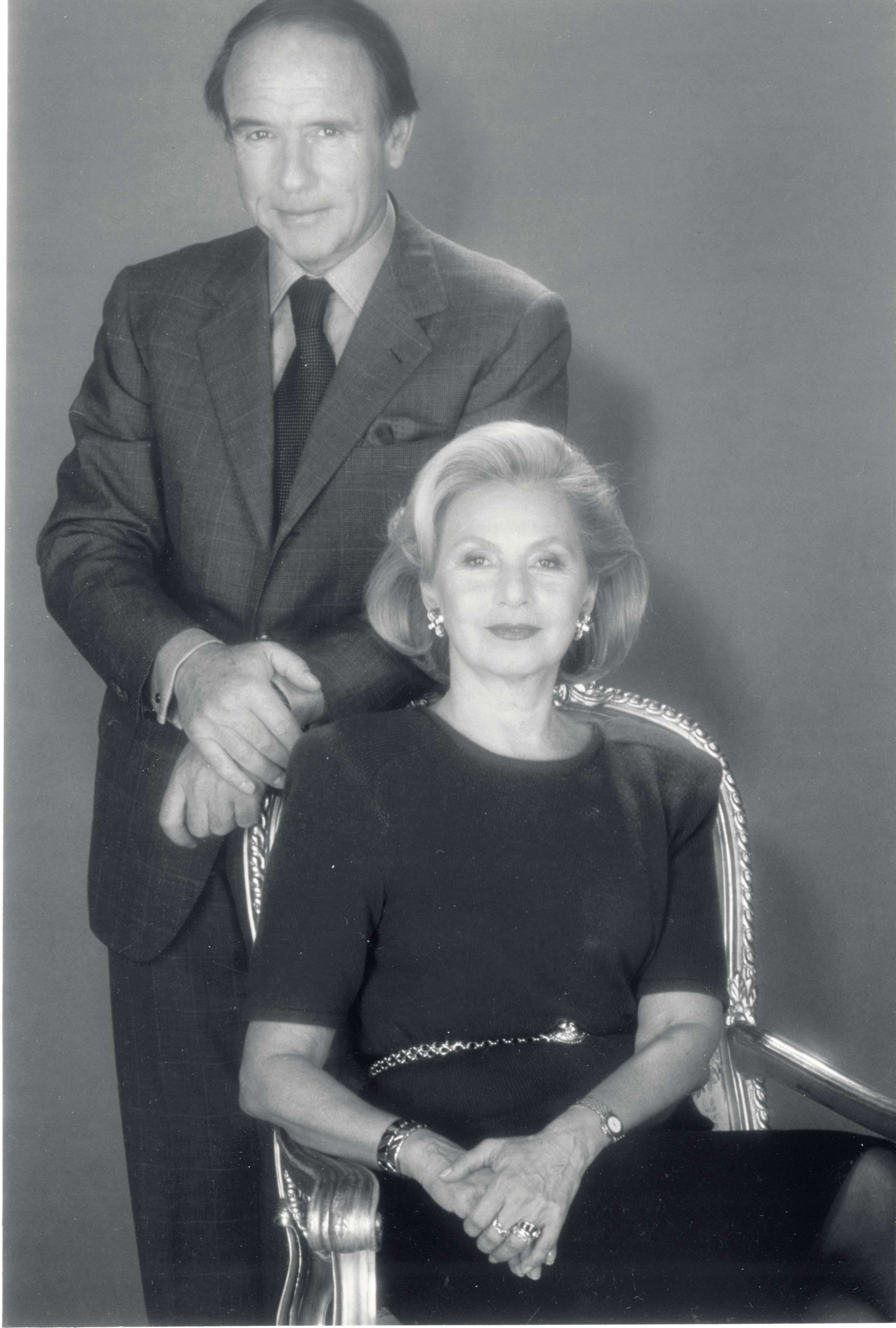
Prince Sadruddin and Princess Catherine Aga Khan
Born in France and educated in Switzerland and the United States, Sadruddin worked first for Unesco and then later for the United Nations High Commission for Refugees, which he led for 12 years. His connoisseurly interest in the art of India and the Islamic world grew during his student years at Harvard, where he was guided by a contemporary, Stuart Cary Welch Jr, who later became the Fogg Museum’s first curator in that field. Welch, himself a collector, later published the prince’s collection, describing it as having emerged from the dusty Manhattan storehouses of emigré Iranian, Armenian and Jewish dealers whose families had established their businesses in Constantinople or Paris in the 1910s and 1920s.
By the 1950s, Welch said, a 55th Street warehouse of one famous dealer was home to steel cabinets full “of black portfolios, each bursting with Timurid, Ottoman, Safavid and Mughal drawings and miniatures”. Some of these dispersed folios had themselves been disbound or reframed for the market. The choicest works were part of the carefully assembled albums that had served as personal galleries of commissioned art within the royal and elite libraries of Istanbul, Tehran or Delhi. In this disordered reshuffle, according to Welch, “magnificent pages from albums assembled and illuminated for Shah Jahan were cheek by jowl with Qajar firmans and Safavid miniatures”.
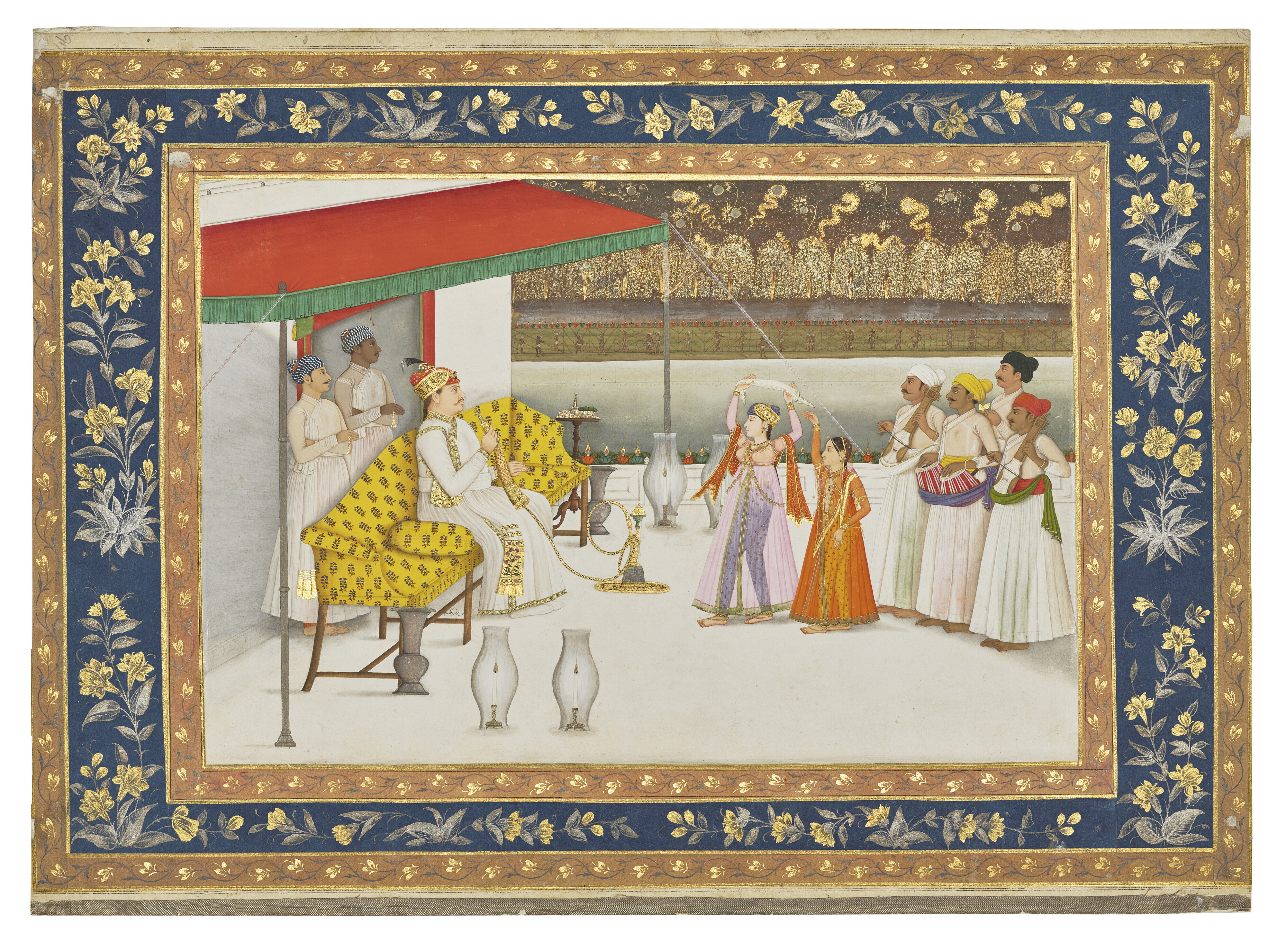
The opening folio of an album depicting Colonel Antoine-Louis-Henri Polier’s Nautch, c1775
It is hard not to see in Sadruddin’s collecting a parallel expression, of a more luxurious kind, of his UN career, in which he advocated for uprooted culture and peoples across Asia and Africa throughout the 1960s and 1970s. “Fate uprooted my family from Iran over 130 years ago,” the prince said in 1998. “I liked the idea of trying to get some things back and taking care of them.” The greater proportion of his half-century of buying now resides in the Aga Khan Museum in Toronto. The Aga Khan IV, Shah Karim, purchased his uncle’s collection in the early 2000s to be shown at the Aga Khan Museum, which was opened in 2014. The upcoming sale, which is billed as the collection of the Prince and Princess Aga Khan, is of a retained selection of single-folio pieces kept back for display and enjoyment in Château Bellerive, their Swiss home on the leafy southeast shore of Lake Geneva.
The château was the base for Sadruddin’s later life of environmental advocacy. Its interior was created by the celebrated French designer Henri Samuel as a richly patterned expression of the family’s cultural hybridity, between Europe and “the Orient”. The sturdy, stone-built exterior, flanked by two square towers, was of the same 17th-century vintage of many of the prince’s artistic masterpieces, and exuded a quiet, venerable charisma.
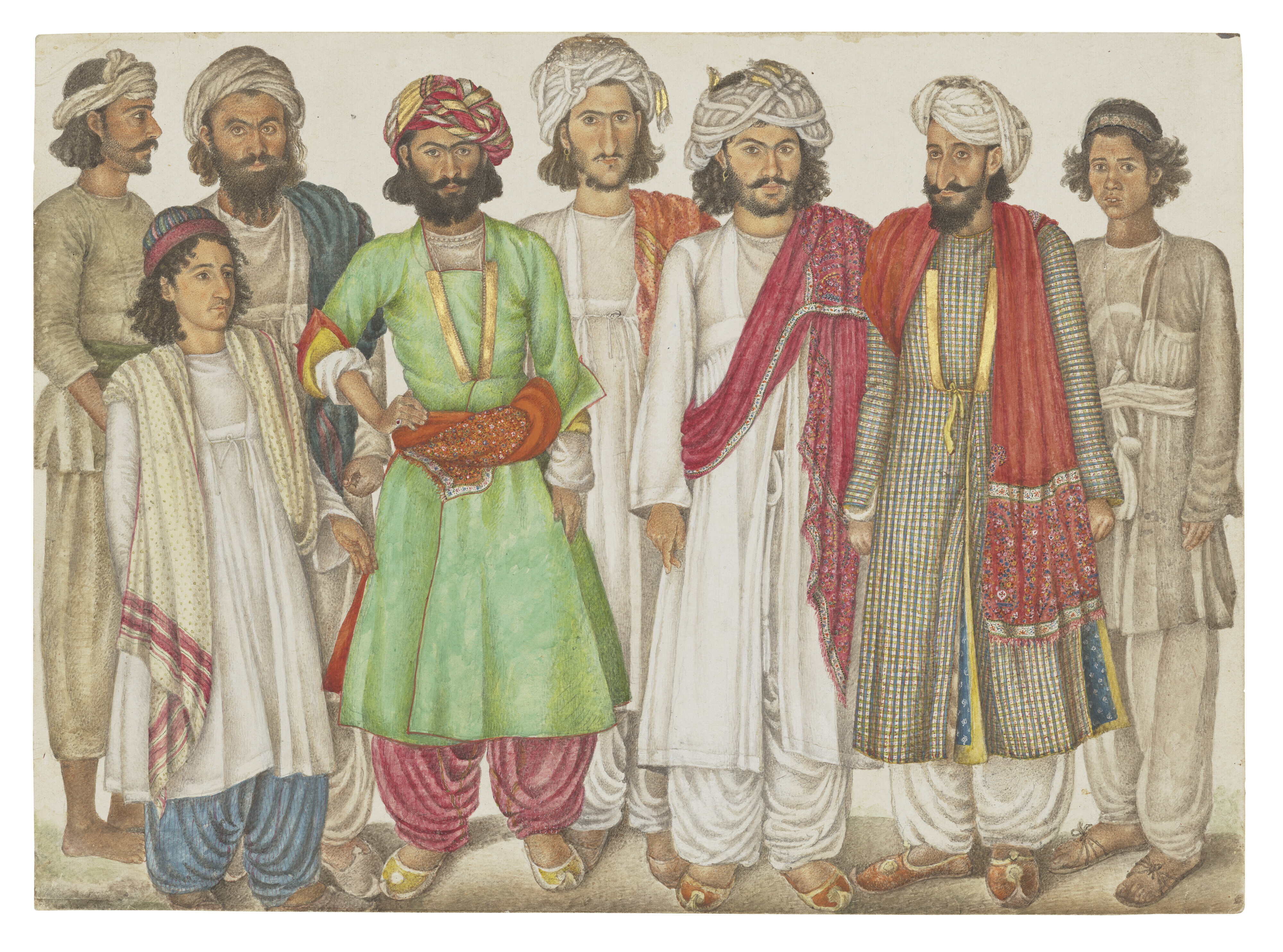
Eight Horse Merchants, a page from the Fraser album attributed to Ghulam Ali Khan, estimate £500,000-£800,000
In 2013 the château was the private setting for the marriage of Prince Rahim, now Aga Khan V, to the American model Kendra Spears. But this may have been its last moment of dynastic glory. The castle was sold to Dinara Kulibayeva, the daughter of a former Kazakh president, for a reported price of £86 million, and in October 2020 the pick of the furnishings assembled by Samuel, together with samples of the collection, came up for sale at Christie’s Paris. The auction included several unique furnishings by the designer Claude Lalanne, a Picasso sketch, oriental oils, Uzbek embroideries, and a crenellated bookcase designed by Isabelle de Borchgrave. The latter had already inspired a recreation of Bellerive’s Salon Persan as the Bellerive Room, a gallery setting for the Islamic ceramics transferred to the Toronto museum.
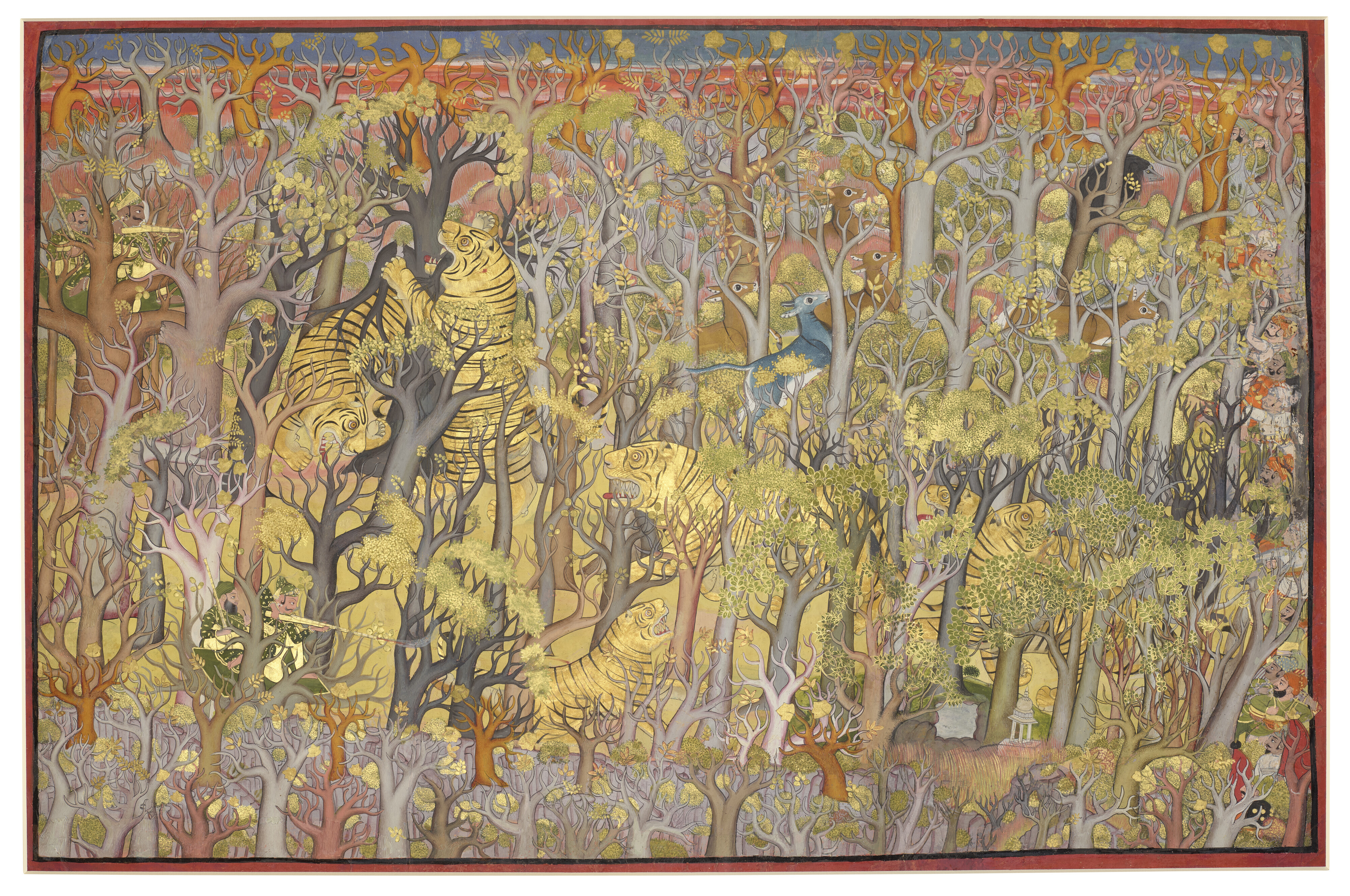
Maharao Umed Singh I Hunting Tiger by Shaykh Tahu, 1781
The collection being unveiled now reflects the range of decorative as well as personal interests it served in the family home. There are standout gems of the 16th and 17th centuries, some of which were the cover stars of international exhibitions in the 1990s and 2000s. Many of the other lots attest to the prince and princess’s growing interest through the 1970s and 1980s in Indian scenes of the 19th century, and episodes of cultural hybridity under colonial rule. Some pieces dovetail intricately with their former setting: a stunning series of eight paintings commissioned for the 1867 Paris Exposition Universelle show the various stages in the creation and export of prized Kashmir shawls. Samuel’s interiors at the Château de Bellerive included a 19th-century French, child’s armchair reupholstered in the same kind of Kashmir shawl — like a plush peacock’s tail. The sale’s mixture of colonial decor and museum-level masterpieces represents the substance of imperial ambition, relics of migration and fragmentary reconstruction. As well as giving a hint of a glamorous, art-filled life by the shores of Lake Geneva — now vanished.
Must-see lotsLot 28
A portrait of an early 17th-century Mughal prince by the Iranian artist Muhammad Ali is one of the most valuable pieces
A sumptuous equestrian portrait of an early 17th-century Mughal prince by the emigré Iranian artist Muhammad Ali, integrated into the frame of the mid-17th-century Shah Jahan Album. This was the poster for Sheila Canby’s 1998 British Museum exhibition Princes, Poets and Paladins, one of the shows responsible for raising the collection’s visibility. First published in the collection of Baron Maurice de Rothschild in 1935, Sadruddin bought it in London in the 1970s.
Lot 23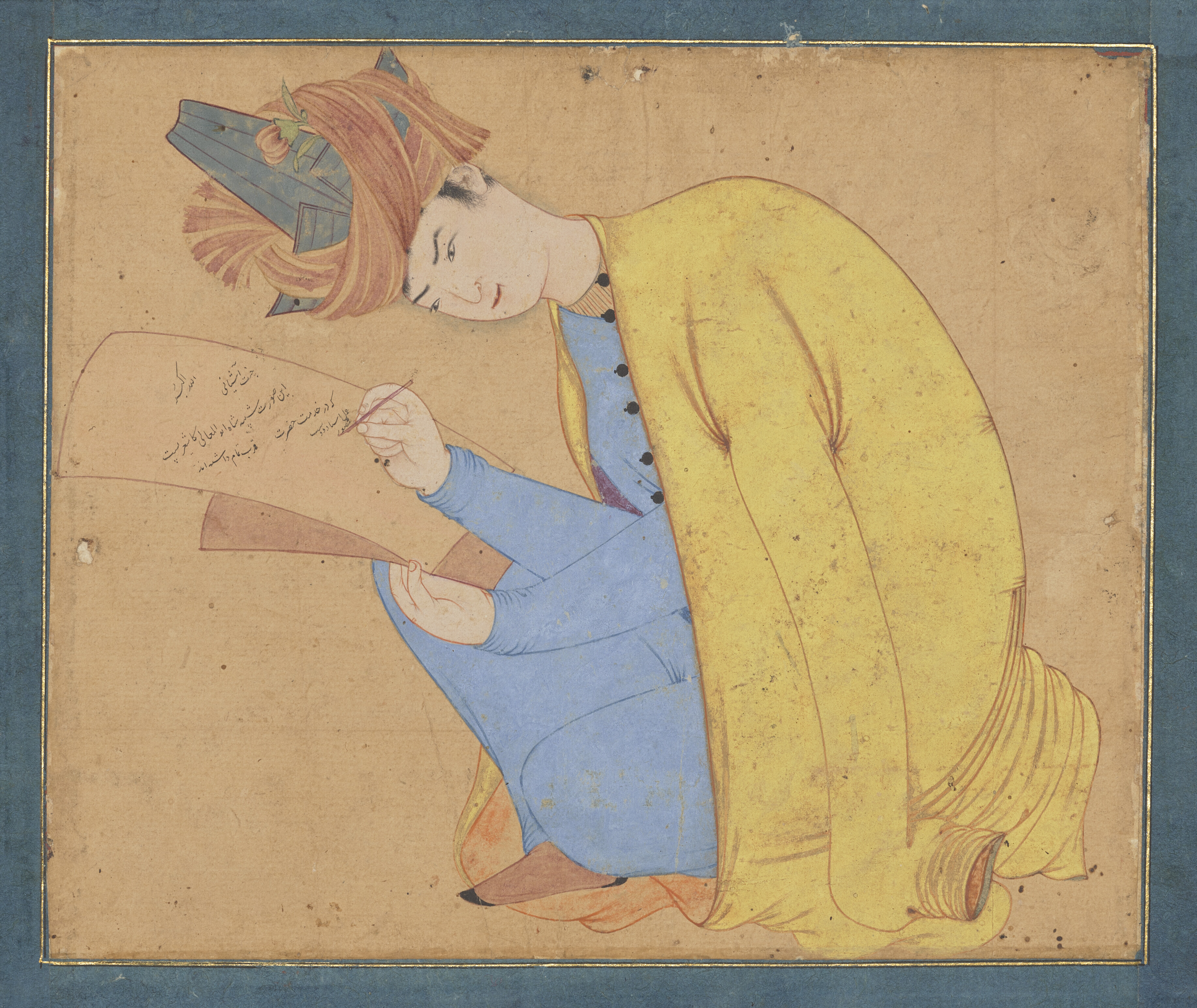
This portrait of Shah Abu’l Ma’ali testifies to the era’s cosmopolitan mobility and insecurity
Another product of an Iranian Safavid “old master” in the Mughal court, Dust Muhammad. His era, the reigns of Humayun and Akbar, was recently highlighted in the V&A’s exhibition The Great Mughals. This portrait of Humayun’s favourite, Shah Abu’l Ma’ali, testifies to the era’s cosmopolitan mobility — and equivalent insecurity. Abu’l Ma’ali’s family originated in Kashgar in Xinjiang. In the portrait he crouches in the pose of a petitioner addressing an appeal. In abrupt contrast with this urbane image, he was put to death under the emperor Akbar for rebellion. The portrait was acquired by the brothers William and John Dent, who worked in civil and military branches of the East India Company respectively from the 1770s to the 1790s. Their substantial collection was liquidated at Sotheby’s in 1972.
Lot 40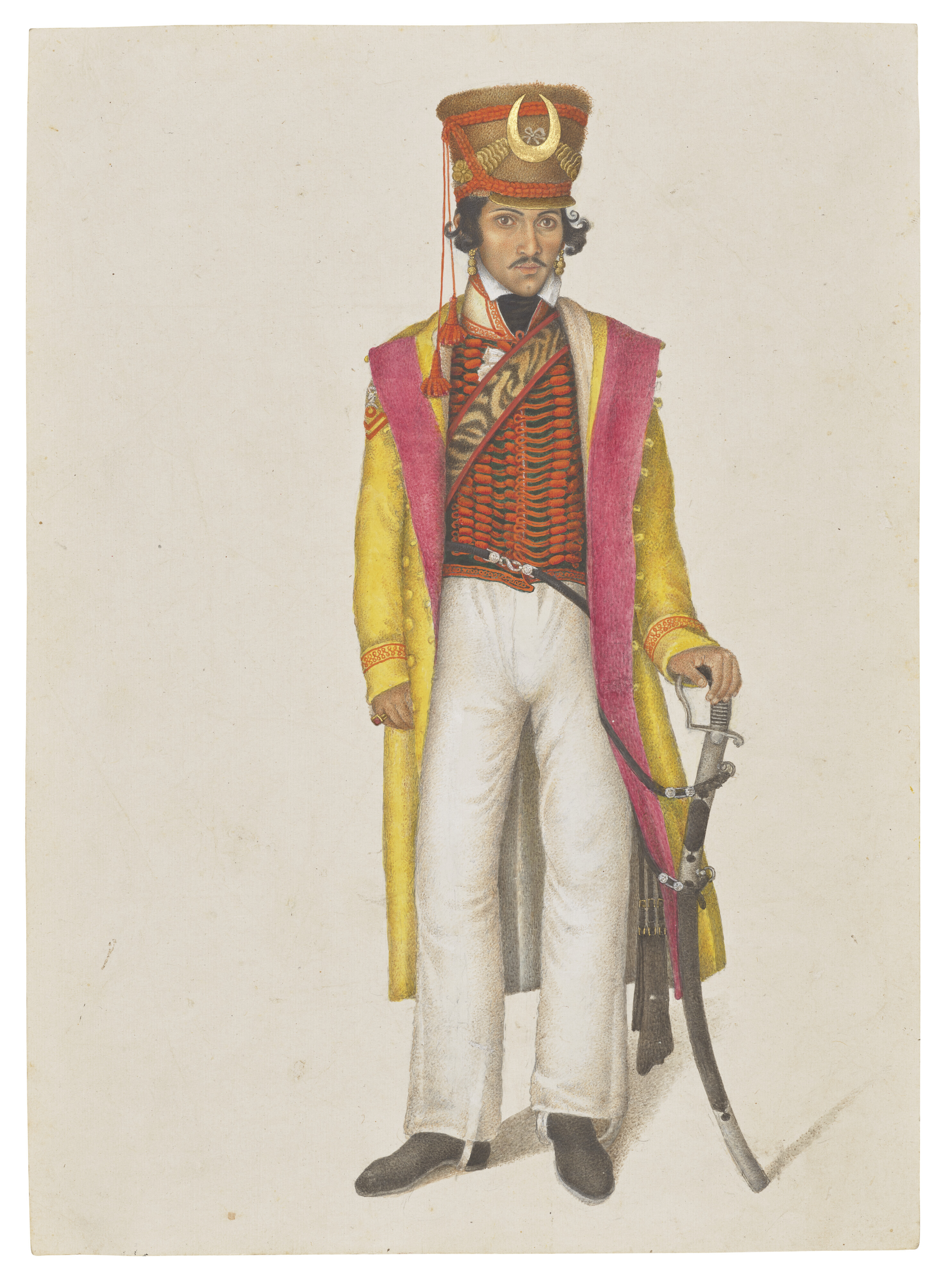
This artwork was used as for the poster for the 1998 British Museum exhibition Princes, Poets and Paladins
Another fraternal pair in the East India Company, William and James Fraser, commissioned a series of startlingly personal portraits of their connections in Delhi from the painter Ghulam Ali Khan and his circle. The subjects of these intimate studies gaze out at the viewer, generating an emotional response that may make you feel that “you should look away”, as Sara Plumbly of Christie’s comments. Plumbly recently showed selections from the album in Dubai. A portrait of a young recruit to Skinner’s Horse, Ummee Chund, was exhibited at the Wallace Collection as part of its 2019 show Forgotten Masters: Indian Painting for the East India Company. “You remember Ummeechund,” William Fraser wrote to his brother in 1819 after surviving an assassination attempt with the soldier’s help. “I now owe my life to him & shall take care to have his life made a comfortable one.”
Lots 77, 78 and 85
Lot 77, A Youth with a Cup and Bottle, 1629, is signed by Reza Abassi
If one theme, alongside migration and forcible dispersal, is exemplified by the Aga Khan’s personal collection, it is the urge to preserve the intimate and ephemeral experiences — from the bloom of a rose to the passing of a cup of wine. Lot 78, a refined portrait of a youth clad in a silk robe embroidered with a rocky landscape scudded by birds, was signed by the revered Safavid court painter Reza Abbasi on July 12, 1629. This, and a companion piece in the sale (lot 77), and later portraits by Reza’s pupil Mu’in Musavvir (lot 85), attest to extravagant lifestyles in the Iranian capital Isfahan, in which subjects adopt foreign exoticisms, captured in informal poses. Such folios were prized in their time as ingredients for personal albums of painting, calligraphy and literature. More than one of these reached Europe in the early 17th century, as copies by Rembrandt and compilations by other artists attest.
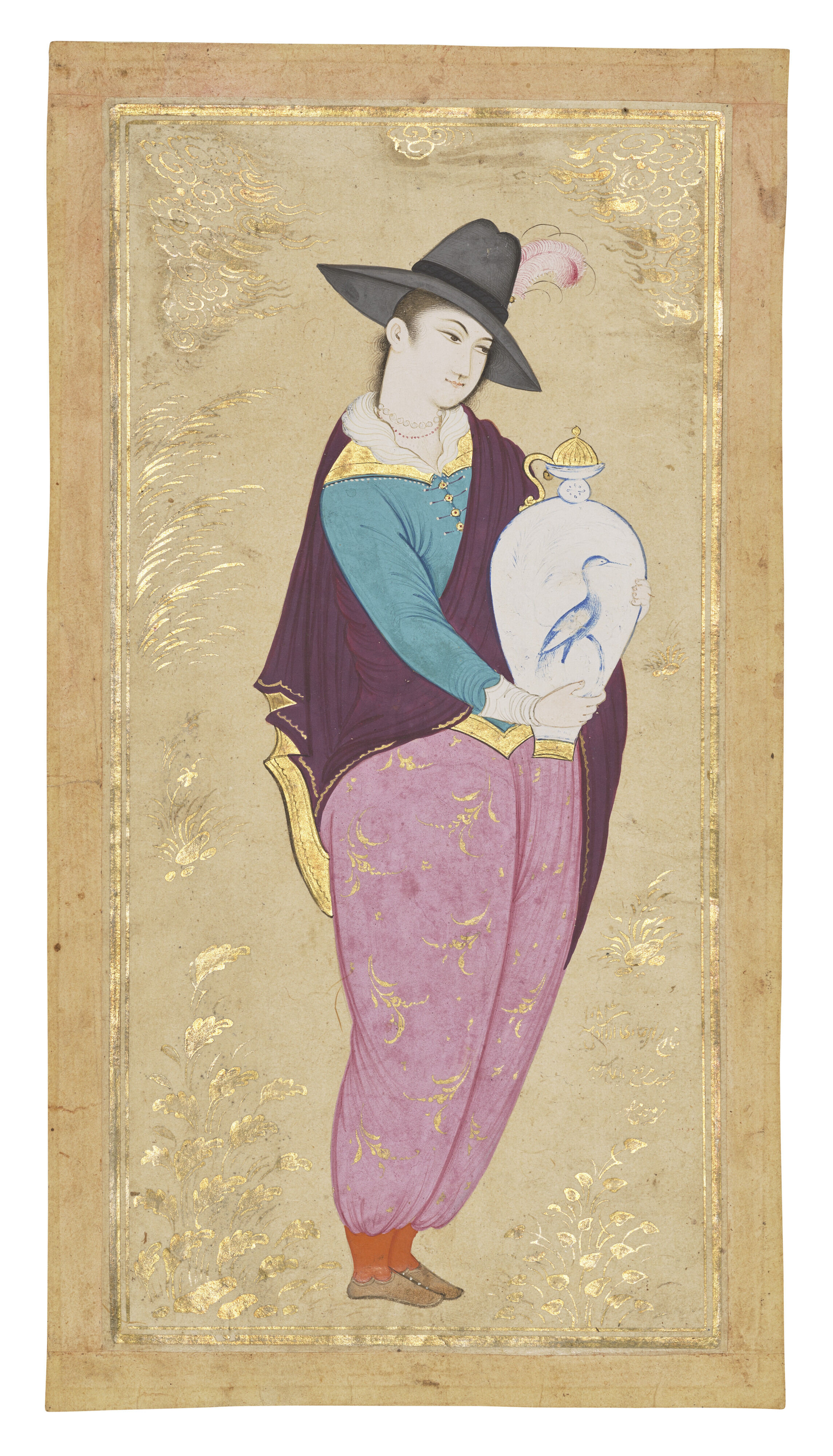
A Youth in European Costume Carrying a Ceramic Vessel is a later portrait by Abbasi’s pupil Mu’in
The personal collection of Prince and Princess Sadruddin Aga Khan is auctioned at Christie’s London at 11am on Oct 28. It can be viewed at 8 King Street, St James’s, London, 9am-5pm, Oct 24 and Oct 27; and noon-5pm, Oct 25 and Oct 26
October 17 2025, 11.00pm
October 17 2025, 10.30am
October 17 2025, 11.00pm
October 17 2025, 11.00pm
October 17 2025, 11.00pm
October 17 2025, 11.00pm

